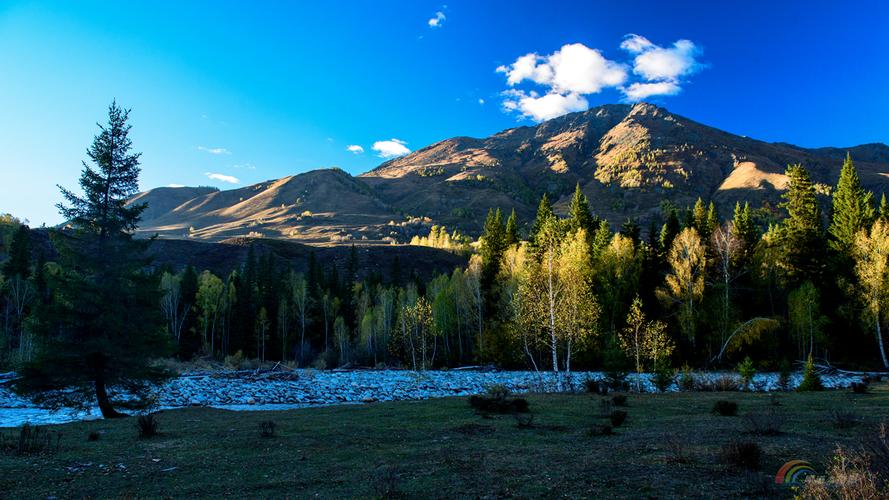Exploring the Rich Diversity of Culture in Dance
Dance has always been a great tool for self-expression, communication, and entertainment. However, it is also a powerful medium for showcasing and celebrating the cultural diversity of different regions and communities. In this article, we will delve into the depth of the diverse cultural heritage of dance, exploring the various forms, styles, and techniques that have been shaped by a range of cultural influences.
Cultural Diversity in Dance Forms
Dance forms have evolved as an integral aspect of culture in every corner of the world. From African tribal dances to classical ballet, each dance form reflects a unique cultural heritage of a particular region. For instance, Flamenco originated in Spain and is characterized by bold, energetic movements that convey intense emotional expression. In contrast, Kathak is a classical dance form from India that reflects a unique blend of Hindu and Islamic culture, characterized by intricate footwork, grace, and storytelling. Similarly, the Tango dance originated in Argentina, which is known for its fusion of European and African influences, highlighting the emotions of love, passion, and sensuality.
Cultural Influence on Dance Styles
The cultural heritage of a region significantly influences the styles and techniques adopted in dance. For instance, African dance forms are known for their high-energy movements, polyrhythmic beats, and fluid body movements, reflecting the lively, dynamic nature of the continent’s culture. In comparison, classical ballet, originated in the European courts, reflects elegance, grace, and formal aesthetics, showcasing the sophistication and refinement of European culture.
Moreover, culture shapes the costumes, music, and overall presentation of dance. For instance, the traditional Scottish dance, Highland dancing, is performed wearing traditional Scottish attire, comprising of kilts, tartan patterns, and headgear. Similarly, the Jaipur Gharana style of Kathak is performed wearing a flowing skirt or lehenga choli, a traditional Indian costume.
Celebrating Diversity through Dance
In today’s world, dance has become a global phenomenon, breaking all geographical and cultural barriers. Modern dance performances often combine different cultural styles, creating a fusion of diverse cultural heritage. For instance, contemporary fusion dance, like Bollywood Jazz, combines traditional Indian dance forms with jazz, hip hop, and Western contemporary dance styles. Similarly, Latin American dances such as Salsa and Rumba have gained immense popularity worldwide for their blend of European and African culture.
Dance has become a tool for celebrating and preserving the rich cultural heritage of different communities. Dance festivals, workshops, and competitions bring people together, fostering cross-cultural understanding and promoting respect and appreciation for diverse cultures. For instance, the World Dance Alliance organizes an International Dance Day to promote dance as a universal language, bringing people together across cultures and borders.
Conclusion
In conclusion, dance offers an excellent medium for exploring the diversity of different cultural heritages. It is an art form that has evolved over time, influencing and being influenced by different cultures, creating a beautiful tapestry of human civilization. We should appreciate and embrace dance in all its diverse forms, as it has the potential to foster cultural understanding, break down barriers, and promote harmony and unity across the world.
(Note: Do you have knowledge or insights to share? Unlock new opportunities and expand your reach by joining our authors team. Click Registration to join us and share your expertise with our readers.)
